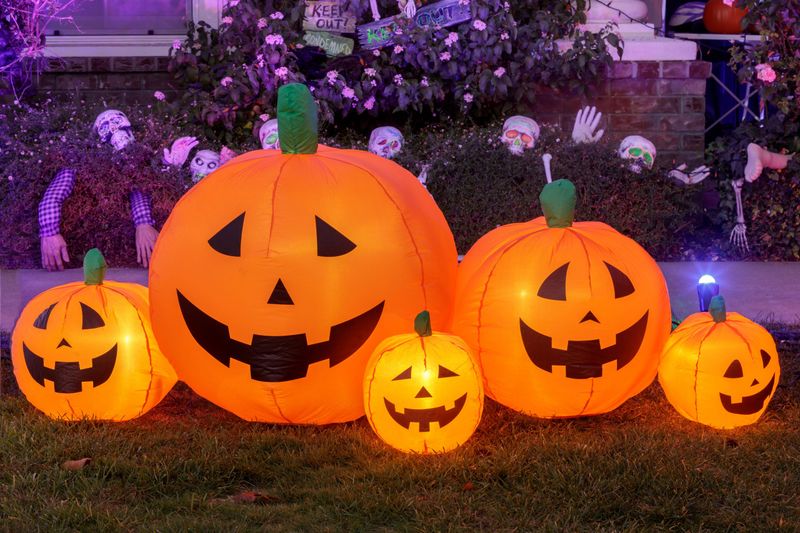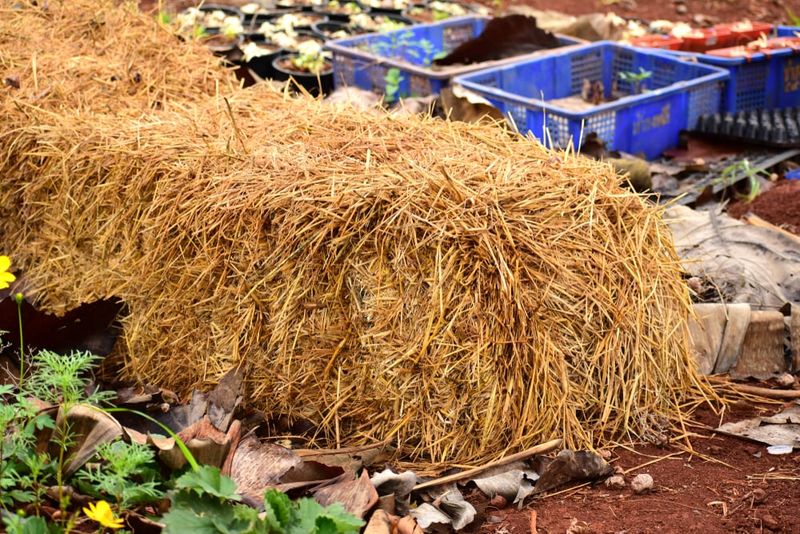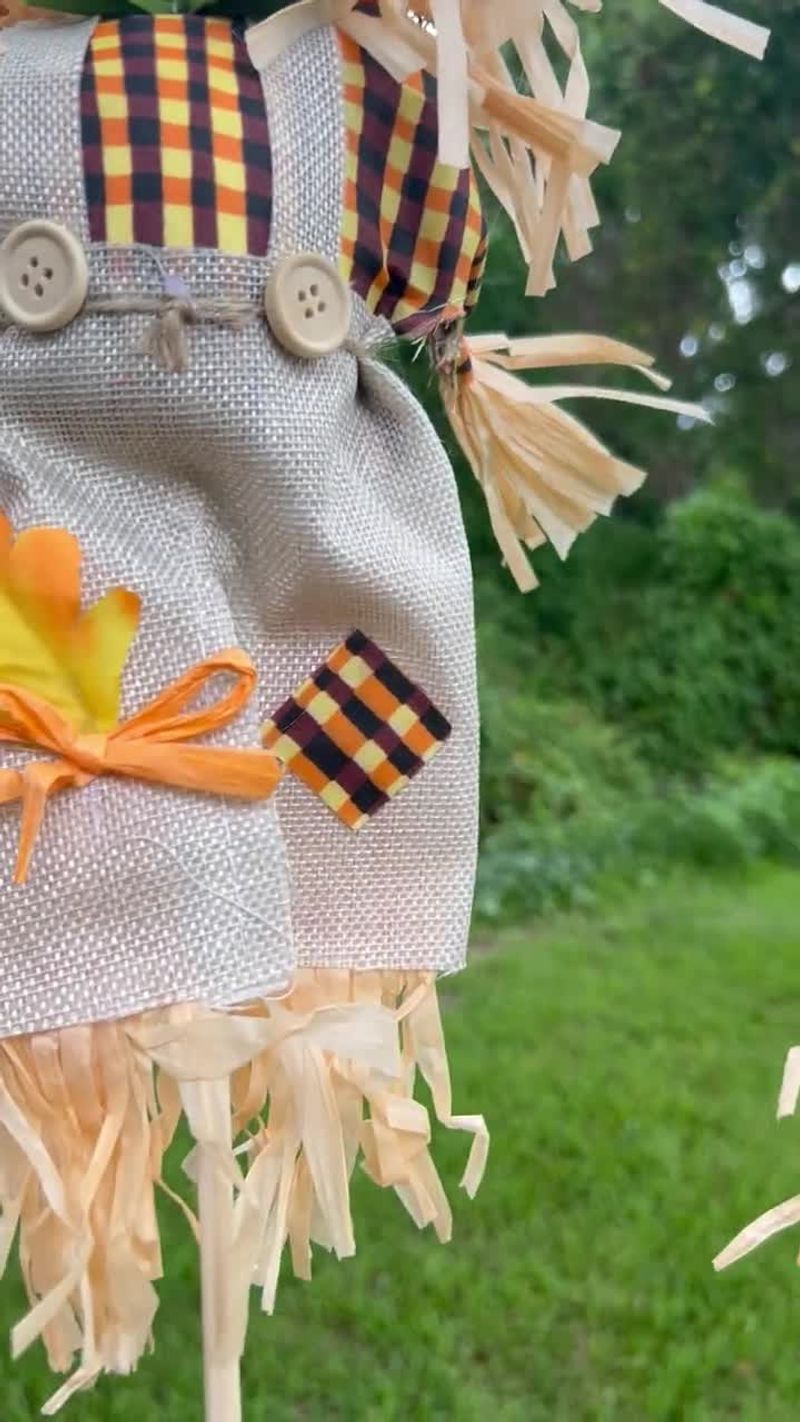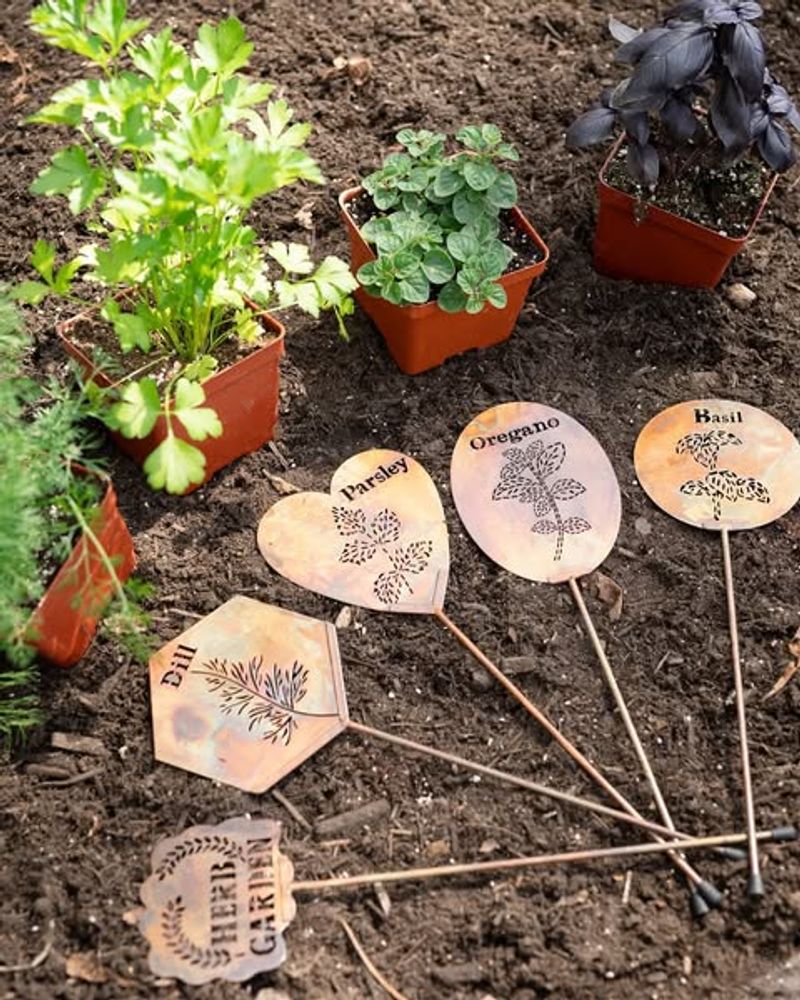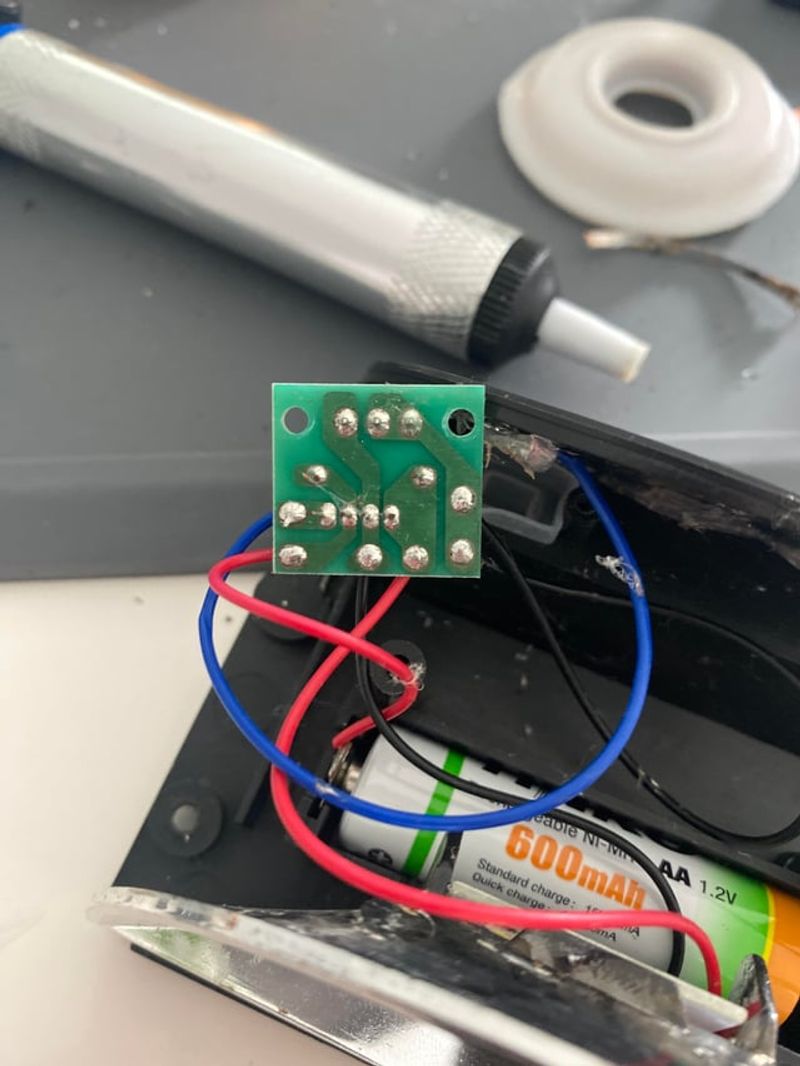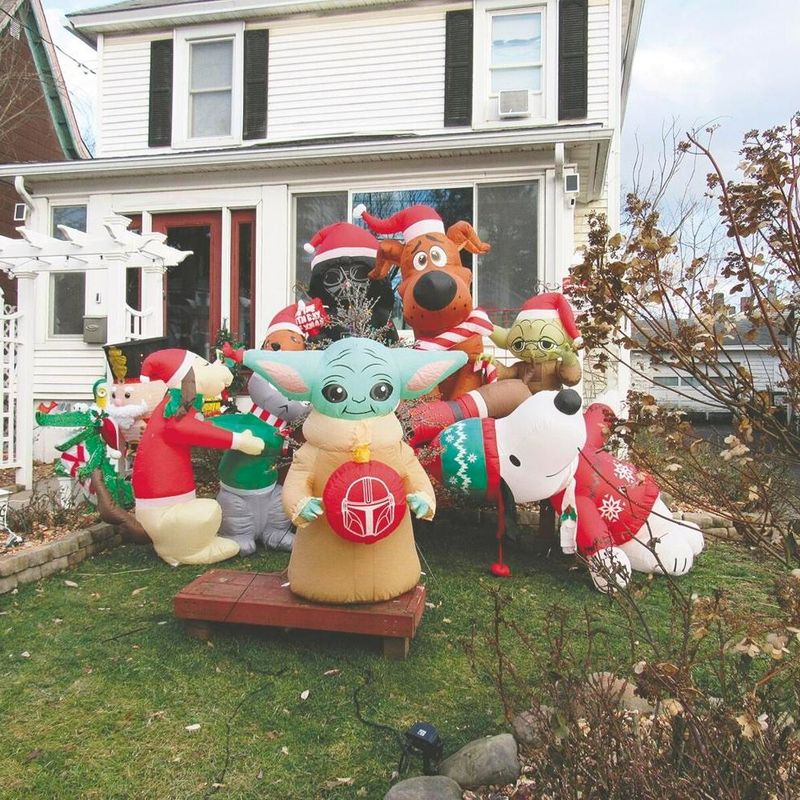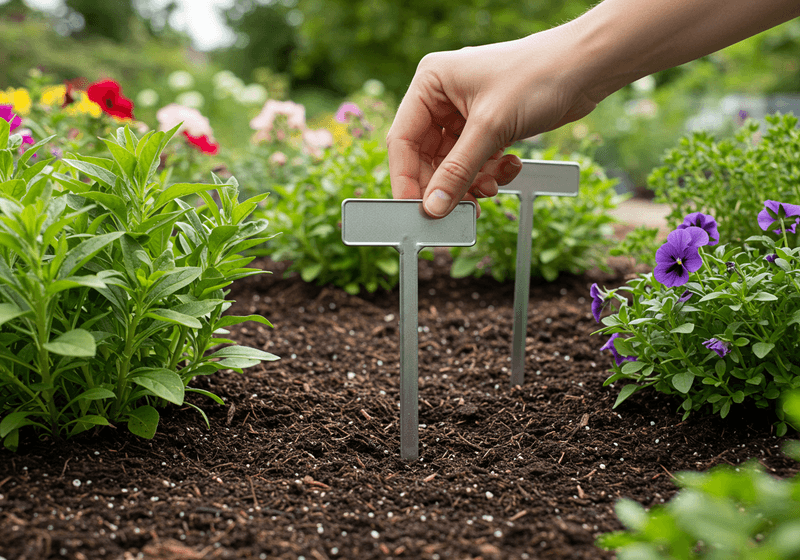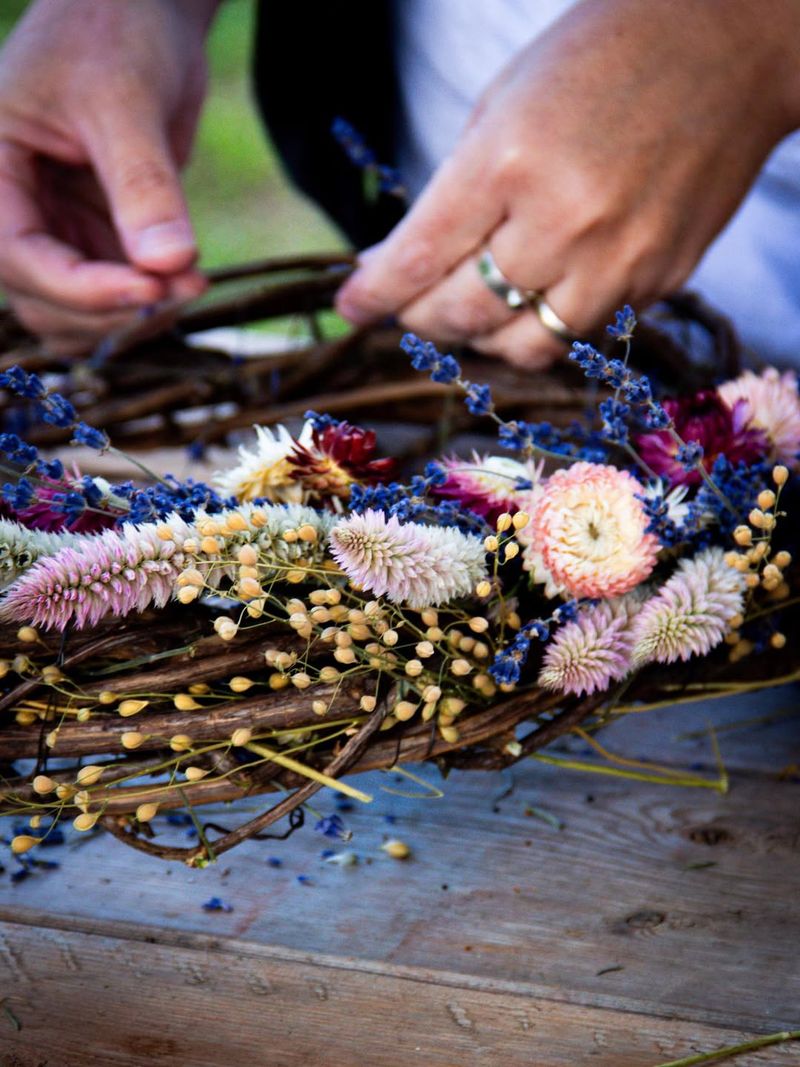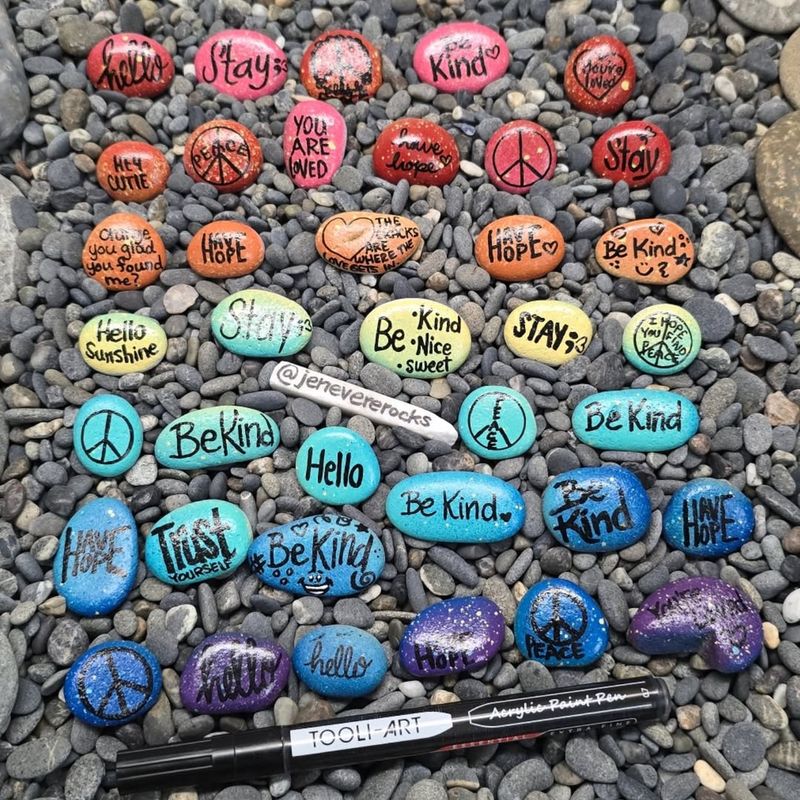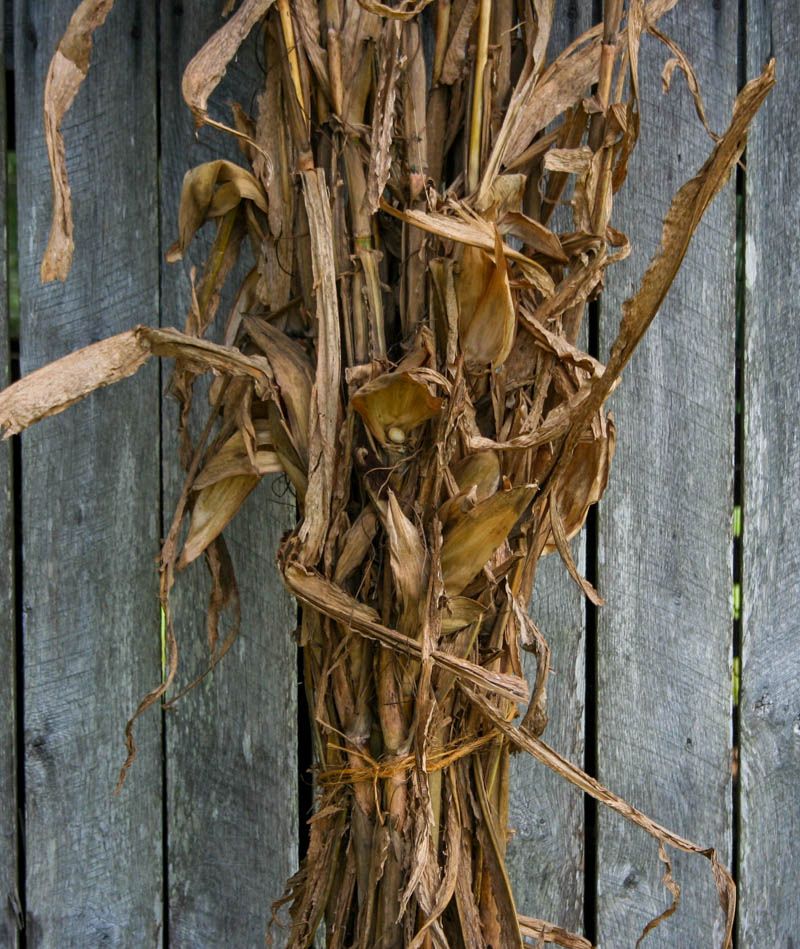Every fall in Ohio, I notice more yards packed with décor — and while it looks beautiful at first, some of those decorations don’t mix well with moisture and grass health. The problem is that certain materials trap water, block sunlight, or even introduce chemicals that harm plants and soil. What starts as festive curb appeal can quietly damage your lawn, garden beds, and perennials if you’re not careful. Understanding which decorations pose risks helps you enjoy the season without sacrificing your yard’s long-term health.
1. Plastic Pumpkins Left On Grass
Leaving plastic pumpkins directly on your lawn might seem harmless, but they create serious problems beneath the surface. These decorations block sunlight and trap moisture against the grass, which leads to yellowing, mold growth, and even dead patches by the time you remove them in November.
In Ohio’s humid fall climate, condensation builds up fast under solid plastic surfaces. What I’ve learned over the years is that even a week of coverage can weaken grass roots and invite fungal diseases that spread beyond the decoration’s footprint.
Personally, I now place all my plastic pumpkins on porches, patios, or raised platforms instead of directly on turf. This simple adjustment keeps my lawn healthy and my decorations just as festive throughout the entire season.
2. Hay Bales Placed Against Garden Beds
Hay bales add rustic charm, but when stacked against garden beds, they become a moisture magnet that can harm your plants. Over time, the hay absorbs rain and dew, staying damp for days and encouraging mold, mildew, and pests like slugs and earwigs to settle in close to your perennials.
In many Ohio yards, I’ve seen how wet hay creates a breeding ground for rot that spreads into nearby soil and plant roots. The decomposition process also introduces bacteria and fungi that can weaken healthy garden plants, especially late-season bloomers like mums and asters.
What works better is positioning hay bales several feet away from beds or using them as standalone decorations on driveways and walkways where drainage is better and airflow keeps them drier.
3. Fabric Scarecrows Near Shrubs
Fabric scarecrows are adorable, but placing them too close to shrubs can cause unexpected damage. These decorations absorb moisture from rain and morning dew, and when pressed against plant foliage, they transfer that dampness directly to leaves and stems, promoting mold and mildew.
I once left a fabric pumpkin arrangement too close to my hydrangeas, and it caused mold by mid-October. The constant contact between wet fabric and plant tissue created ideal conditions for fungal infections that weakened the shrub’s overall health heading into winter.
Over time, I’ve learned to keep all fabric decorations at least a foot away from any living plants, ensuring proper air circulation and reducing the risk of moisture-related problems in my Ohio garden beds.
4. Wooden Signs Staked In Flower Beds
Wooden signs with metal or wooden stakes look charming tucked into flower beds, but they can disturb root systems and compact soil around delicate plants. Driving stakes into established beds risks piercing bulb roots, damaging perennial crowns, or breaking shallow feeder roots that plants rely on for nutrients and water.
In Ohio’s clay-heavy soils, repeated staking in the same spots creates compaction that reduces drainage and oxygen flow to plant roots. What seems like a minor puncture can weaken plants just as they’re preparing for dormancy, making them more vulnerable to winter stress and disease.
Personally, I now use freestanding wooden signs or place them in pots and planters instead of staking them directly into garden soil, which protects my plants while still achieving the festive look I want.
5. Solar Lights With Corroded Batteries
Solar lights add evening ambiance, but older units with corroded batteries can leak harmful chemicals into your soil. Battery acid and heavy metals seep into garden beds when casings crack or corrode, contaminating the root zone and potentially harming plants, beneficial insects, and soil microorganisms.
In Ohio’s wet fall weather, moisture accelerates battery corrosion inside solar light housings.
What I’ve noticed is that decorations left out year after year without maintenance become environmental hazards rather than helpful accents, especially when placed near edible gardens or native plantings.
6. Oversized Inflatables Blocking Sunlight
Oversized inflatables are fun and eye-catching, but they cast large shadows that deprive grass and plants of essential sunlight. Even a few days of reduced light can weaken turf and slow photosynthesis in garden plants, leading to thinning grass and stressed perennials that struggle to store energy before winter.
In my Ohio neighborhood, I’ve seen how plastic yard décor can trap moisture and damage grass underneath, but inflatables also create shade problems that extend several feet beyond their footprint. Plants need consistent light to maintain health, and blocking sun during the critical fall growth period weakens their resilience.
Rotating inflatable placement every few days or positioning them away from prime garden and lawn areas helps minimize damage while still letting you enjoy your seasonal decorations without sacrificing yard health.
7. Metal Stakes With Sharp Edges
Metal stakes used to anchor decorations can slice through roots and damage underground bulbs if driven carelessly into garden beds. Sharp edges cut through delicate feeder roots and can sever larger structural roots, weakening plants and making them more susceptible to drought stress and disease.
In Ohio gardens with established perennials and bulbs, staking without awareness of what lies beneath the soil surface causes hidden damage that only becomes visible the following spring when plants fail to emerge or show stunted growth. What seems like a quick installation can have lasting consequences.
What I’ve learned is to use blunt-tipped stakes or place decorations in areas where root systems are minimal, like pathways or mulched borders, rather than directly in active planting zones where roots are dense and vulnerable.
8. Wreaths With Synthetic Dyes
Wreaths decorated with synthetic dyes and glitter look festive, but rain and humidity cause these materials to leach into soil and mulch below. Chemical dyes can alter soil pH, harm beneficial microbes, and even stunt plant growth if runoff concentrates near root zones or garden beds.
In Ohio’s rainy fall season, I’ve noticed how dyed decorations fade quickly and leave colorful stains on patios and soil surfaces. Those pigments aren’t just cosmetic — they can contain compounds that interfere with nutrient uptake and soil chemistry, especially in sensitive plantings like native wildflowers or acid-loving shrubs.
Choosing naturally dyed or undyed wreaths made from real plant materials reduces chemical runoff and keeps your garden soil healthier while still providing beautiful, seasonal decoration throughout autumn.
9. Painted Rocks And Stones
Painted rocks are a popular DIY decoration, but many paints contain chemicals that leach into soil over time, especially when exposed to Ohio’s freeze-thaw cycles and heavy rain. Acrylic and spray paints can release solvents and pigments that harm soil organisms, disrupt microbial balance, and potentially affect plant health.
What I’ve seen in my own garden is that painted stones lose their color quickly outdoors, and that fading means chemicals are washing into the surrounding soil. While one or two rocks might not cause major harm, clusters of painted stones near sensitive plants or edible gardens introduce unnecessary contamination risks.
Using natural, untreated stones or sealing painted rocks with non-toxic, outdoor-safe sealant helps reduce leaching while still letting you enjoy creative, personalized garden accents throughout the fall season.
10. Corn Stalks Bundled Against Trees
Corn stalks bundled around tree trunks create cozy fall scenes, but they also trap moisture against bark and provide shelter for pests like rodents, insects, and fungal spores. This constant dampness can lead to bark rot, cankers, and infestations that weaken trees and make them vulnerable to disease and winter damage.
In Ohio’s humid climate, any decoration that holds moisture against tree bark for extended periods invites trouble. Over time, I’ve learned that even seemingly harmless organic materials like corn stalks can cause serious harm if they prevent air circulation and keep bark perpetually wet.
Personally, I now display corn stalks freestanding in planters or leaning against fences instead of wrapping them around living trees, which keeps my trees healthy while maintaining the rustic, seasonal aesthetic I love.

